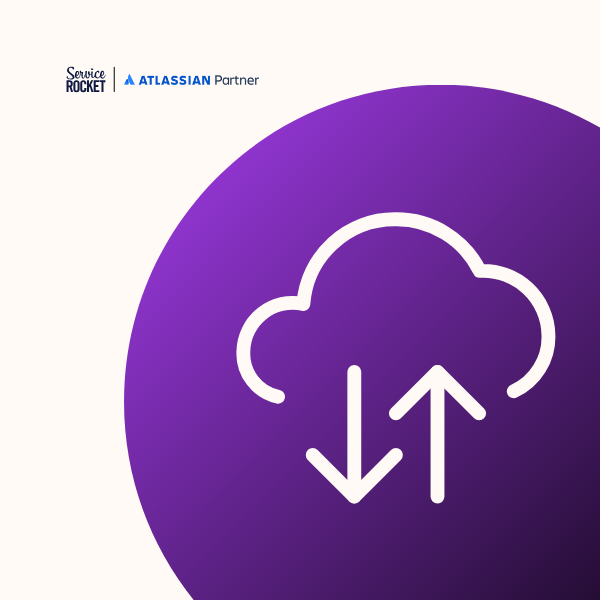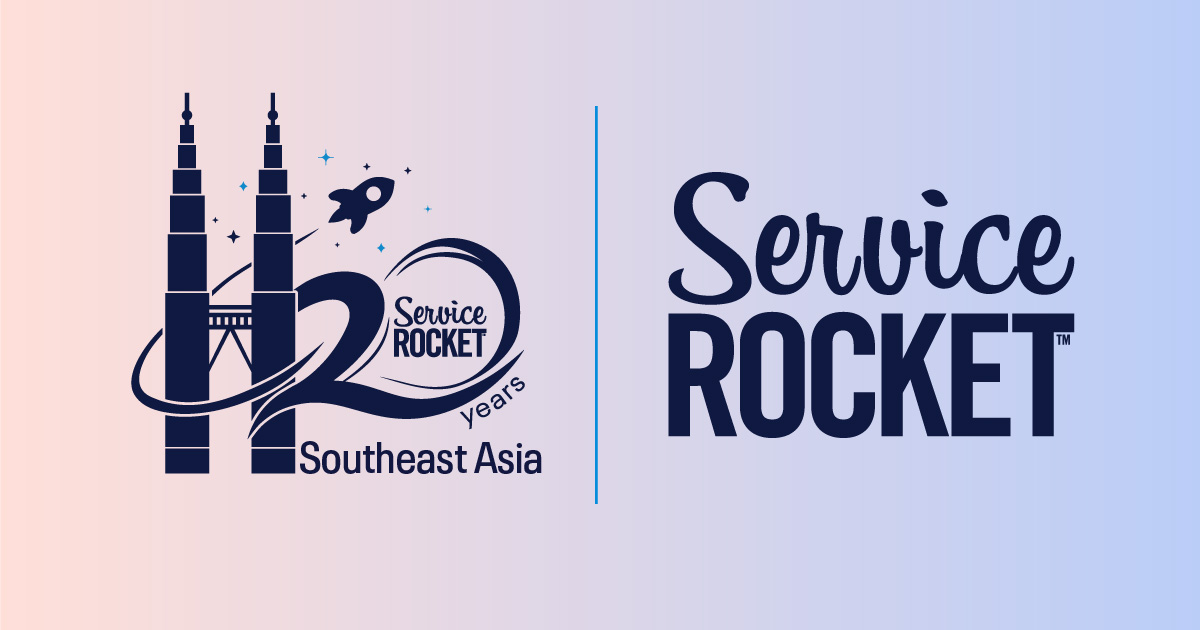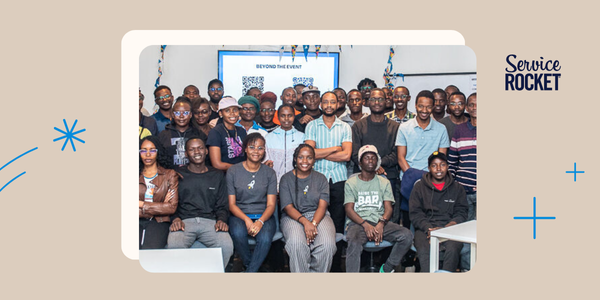The global learning company was concerned that the migration to Jira could slow them down. However, with ServiceRocket’s help, they improved visibility, collaboration, and reduced costs without impacting their productivity.


A global learning company, a major leader in the e-learning space, had quadrupled in size in three years. This rapid growth meant that processes that once worked no longer did. Tool sprawl was a major problem. Because “everyone did their own thing” on different platforms, information was scattered and work was siloed.
Leaders found it difficult to track ongoing work, figure out project statuses, or determine necessary team involvement. Trying to answer the question, “What's going on with this project?” involved lots of meetings, numerous emails, phone calls, and sifting through countless messages. It was also expensive to maintain. For example, the company was spending over $600,000 annually on a work management platform and Jira combined. Eventually, the company decided to centralize their work in Atlassian. ServiceRocket was tasked with transitioning hundreds of the company employees from their existing work management system to Jira. However, the company had concerns that this migration could disrupt productivity.
The company's marketing department, for example, was heavily dependent on the work management platform they were migrating from. The department's processes were the most complex; they had workflows that automatically created projects or tasks based on triggers, and heavily relied on multiple intake forms and project templates. The system worked so well that the department saved 262 workdays annually using the software while managing 100,000 tasks. The marketing department was wary of the transition; they predicted a full year of lost productivity if they were to rebuild everything from scratch. The company aimed to replicate the custom templates, forms, and automation rules from the existing platform into Jira, while also attempting to minimize the impact of the Atlassian Cloud migration on productivity and innovation during and after the transition. They also needed to quickly onboard employees using the new tools.
Understanding every department’s unique needs—not just marketing’s—was critical. To ensure that the company’s teams had the right resources to manage the complexities of the transition, ServiceRocket did the following:
ServiceRocket's phased approach was designed to minimize disruption and retain essential workflows. Critical workflows were prioritized, and ServiceRocket provided ongoing communication and support throughout the process.
After the move, visibility of work improved across the company, enabling teams to collaborate faster and more efficiently. Instead of waiting for replies or meetings, they could now communicate instantly within one platform. This enhanced collaboration directly contributed to significant time savings for the company employees, consistent with the average of two hours per user each week previously noted.
The marketing department, for example, could now directly access information such as the engineering roadmap or project dashboards. This improved their collaboration with the product and engineering teams, making it significantly easier to work together. This, in turn, simplified governance and generated cost savings for the company due to a reduction in the number of applications requiring maintenance.
Migrating complex workflows to Jira? Don't do it alone. ServiceRocket builds systems that support your work, drive productivity, and ensure you meet your business goals.
Speak to our experts today to take your first step towards a more efficient way of work.




.png)






